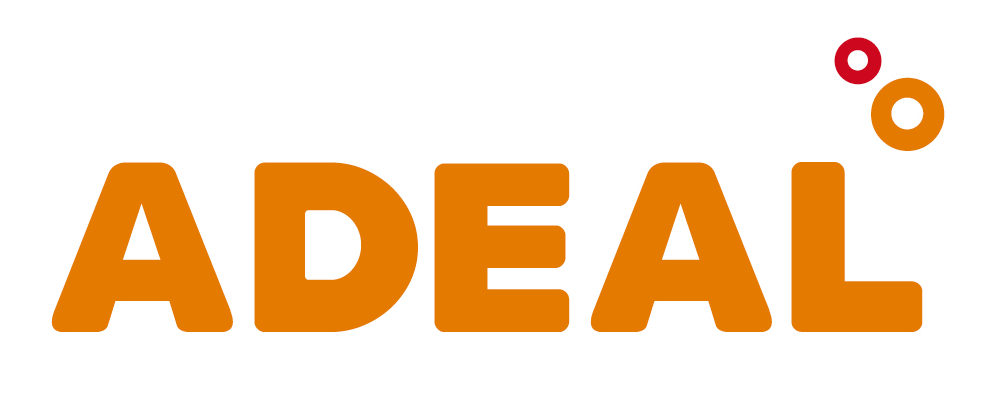Content
Tweak them to form your system of identifying bull flag patterns. If you search online, you will find that the examples of bull rising bull flag flag patterns are varied. Some show deep pullbacks with multiple legs, while others are shallow with just a few price bars.
Identifying patterns in the market can be useful, because they can sometimes indicate where and when price may be likely to move. Breakouts happen in both directions but almost all flags are continuation https://www.bigshotrading.info/blog/how-to-use-the-macd-indicator/ patterns. The consolidation happens over three days and the trading range narrows along the way. It’s interesting to note that when you look at this in different time frames the pennant isn’t as obvious.
Conclusion. Use or Avoid the Bull Flag Pattern
Before I brag on StocksToTrade — the trading platform I helped develop — let me tell you this isn’t for everyone. It’s for serious traders seeking success while taking advantage of what I think is the best modern trading platform on the planet. But when you write down your trade setup you should have an exact entry and exit pre-determined. Bullish candle formations are traditionally white or unfilled. Bullish candle formations signify the closing price was higher than the opening price.
It is a pattern that occurs after an uptrend and is characterized by a consolidation period where the stock price moves sideways in a narrow range. A bull flag is a chart pattern often used in technical analysis and trading to identify a bullish continuation. It occurs when a stock or other security trades in a sideways range after an advance and then breaks out above the resistance level, creating a strong uptrend. It’s constituted after the price action trades in a continuous uptrend, making the higher highs and higher lows. A bull flag resembles the letter F, just like the double top pattern looks like an “M” letter and a double bottom pattern – a W letter. Following the creation of a short-term peak, the price action starts a correction to the downside.
Pros and Cons of a Bull Flag Pattern
The steep and vertical nature of the flagpole in a high tight flag pattern requires a strong and sustained increase in stock price, which is not always seen in the market. Additionally, the small and tight trading range that forms the flag also requires a high level of momentum and volatility to maintain. Bull flags and bear flags are mirror images of each other on a chart. Bear flags form during a period of consolidation after a precipitous drop. Bear flags come in the same shapes as bull flags — rectangles, pennants, and flat bottom. The most common bear flag pattern has a slight upturn, or pull back.
When the price consolidates, the Volume indicator is expected to decrease as bulls aren’t strong anymore. Simultaneously, the upward breakout of the flag’s resistance will signal the strength of bulls, so the trading volumes should increase. To validate the formation of the bull flag in your trading, you can use the Volume indicator.
What is a bull flag chart pattern?
We introduce people to the world of trading currencies, both fiat and crypto, through our non-drowsy educational content and tools. We’re also a community of traders that support each other on our daily trading journey. This means that Flags in an uptrend are expected to break out upward and Flags in a downtrend, are expected to break out downward.
Is Rising flag bullish or bearish?
One such pattern is the Rising Flag, also known as the Bullish Flag, which signifies a temporary pause in an upward price trend followed by a continuation of the previous bullish momentum.
Instead, a trader will use the visual price chart to gauge when the pattern has formed. Although pennant patterns may lead to upward breakouts, their direction after a breakout doesn’t show any significant bias toward an uptrend or a downtrend. In my Challenge, you’ll learn other strategies like gap trading strategy. This strategy involves trading stocks that have a price gap from the previous close to the current open. It’s a strategy that can offer significant profit potential, especially during volatile market conditions. To find out more about gap trading strategy, check out this guide.
To help us hold, we use shorter-term moving averages such as the 5-day EMA. The chart above shows the entire advance, as measured from the strong gap off the 50-day moving average (Aug. 11) up to the September high. This bull flag lead to an increase in the price over the next few minutes.
